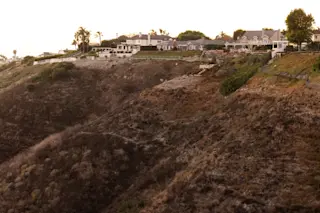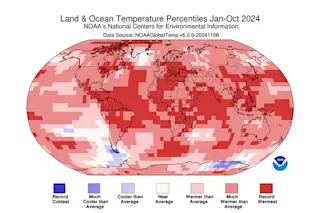Down in the coldest recesses of the deepest oceans, Earth’s circulatory system is pumping the brakes. Left unchecked, it threatens to halt a process that regulates the planet’s energy balance and stabilizes our climate.
“Earth’s climate is fundamentally controlled by our ocean and by the ocean’s overturning circulation,” says Matthew England, an oceanographer at Australia’s University of New South Wales. In March, he and a team published the most detailed global model of Antarctic water masses and other deep-sea currents to date in the journal Nature. They found that, compared to its flow in the 1990s, this vital oceanic conveyor belt could slow by about 40 percent before 2050.
Deep water circulation kicks off at the polar extremes. In the southern Antarctic seas, freezing seawater relinquishes its salt, causing the water around it to grow heavy. Cold as ice and far saltier than a can of sardines, it plunges to ...















